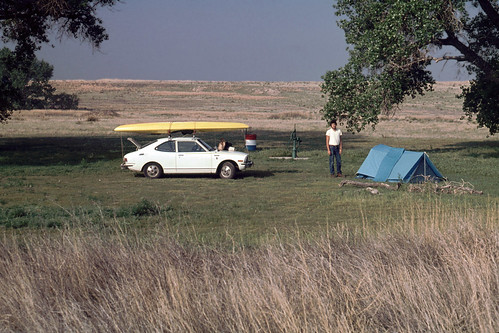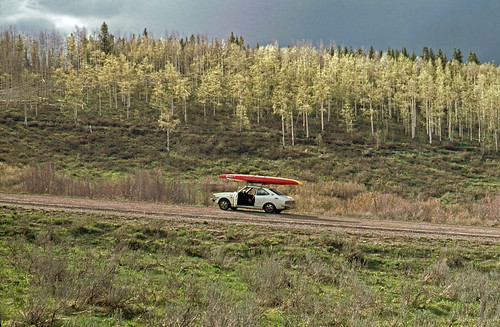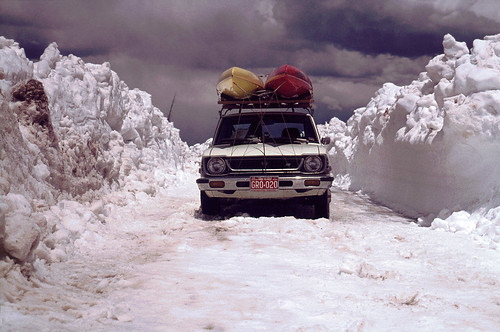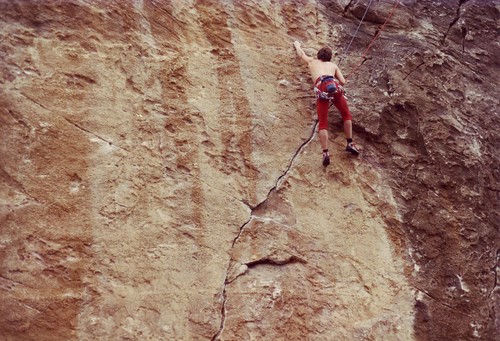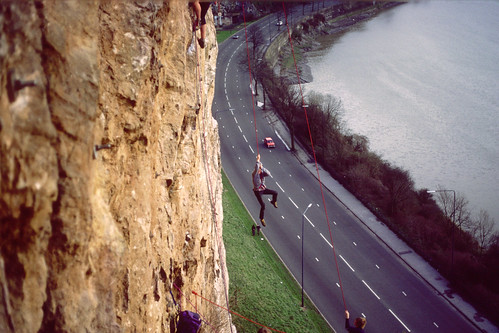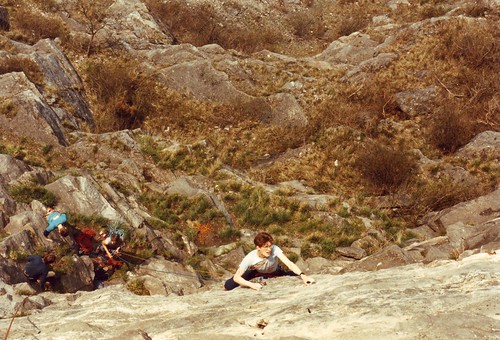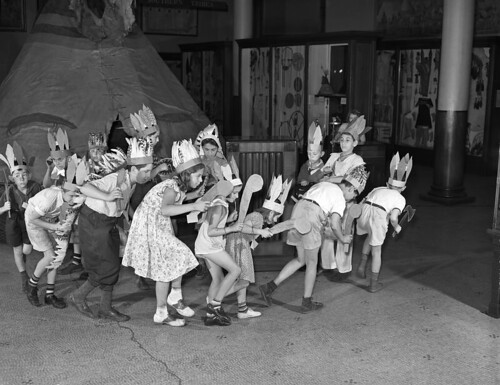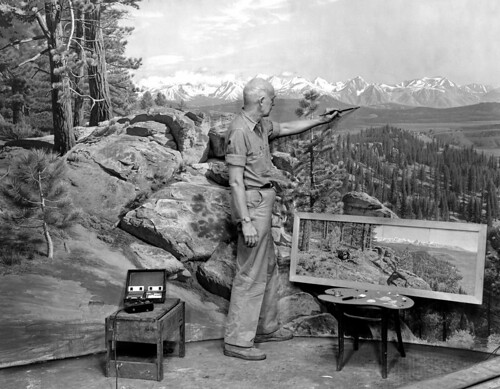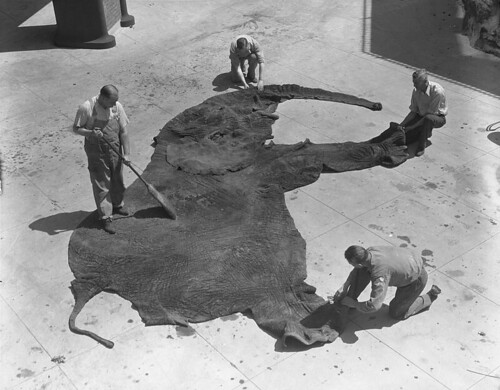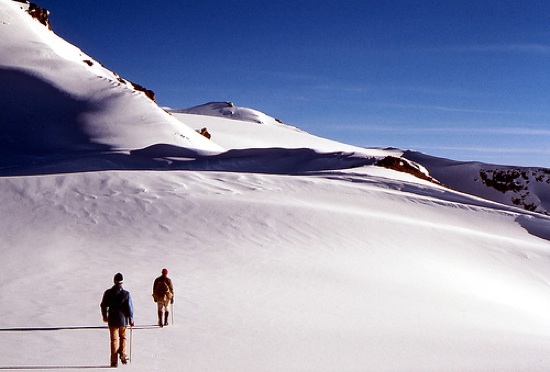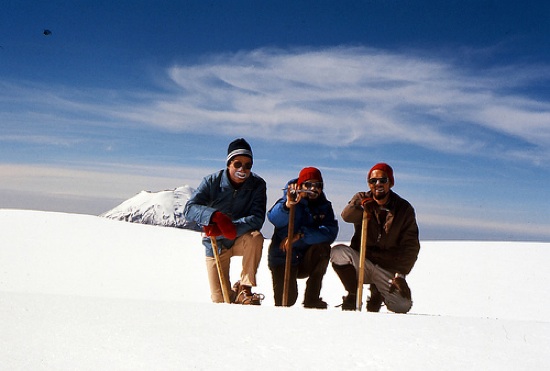
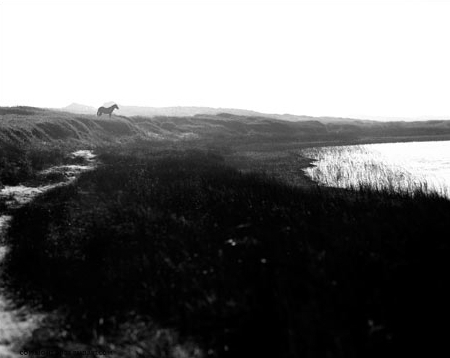
 Roberto Dutestco's photographs of Sable Island Horses:
Roberto Dutestco's photographs of Sable Island Horses:
This narrow 41 km sandbar is located 300 km southeast of Halifx, Nova Scotia. Known for hundreds of years as the "Graveyard of the Atlantic", it is the site of over 275 shipwrecks, and the home of more than 300 wild horses.It is a world that exits by its own rules, a place without trees, without shade, and without shelter. It is a place where I have witnessed true peace and unquestionable love among its occupants - the wild horses of Sable Island.
The Wild Horses of Sable Island is currently on view at 13 Crosby Street, NY, NY



 Skipping stones on the
Skipping stones on the 










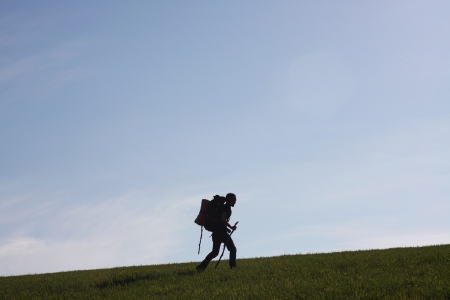

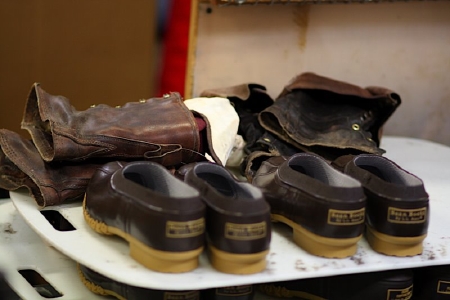



 Photos of
Photos of 

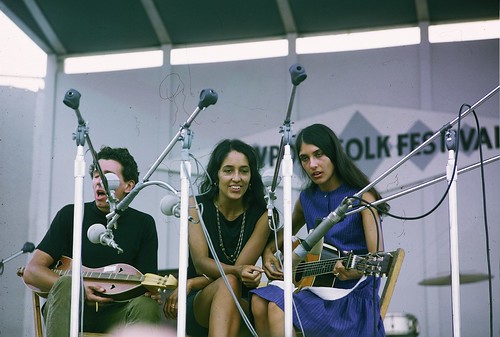




 National Geographic has some crazy pictures (or are they drawings?) of a Pacific barreleye fish off the central coast of California. In case you can't tell from the picture above, IT'S HEAD IS SEE THROUGH.I'm calling bullshit on this one. Give that thing some Prozac. It's the saddest fish I ever saw.
National Geographic has some crazy pictures (or are they drawings?) of a Pacific barreleye fish off the central coast of California. In case you can't tell from the picture above, IT'S HEAD IS SEE THROUGH.I'm calling bullshit on this one. Give that thing some Prozac. It's the saddest fish I ever saw.